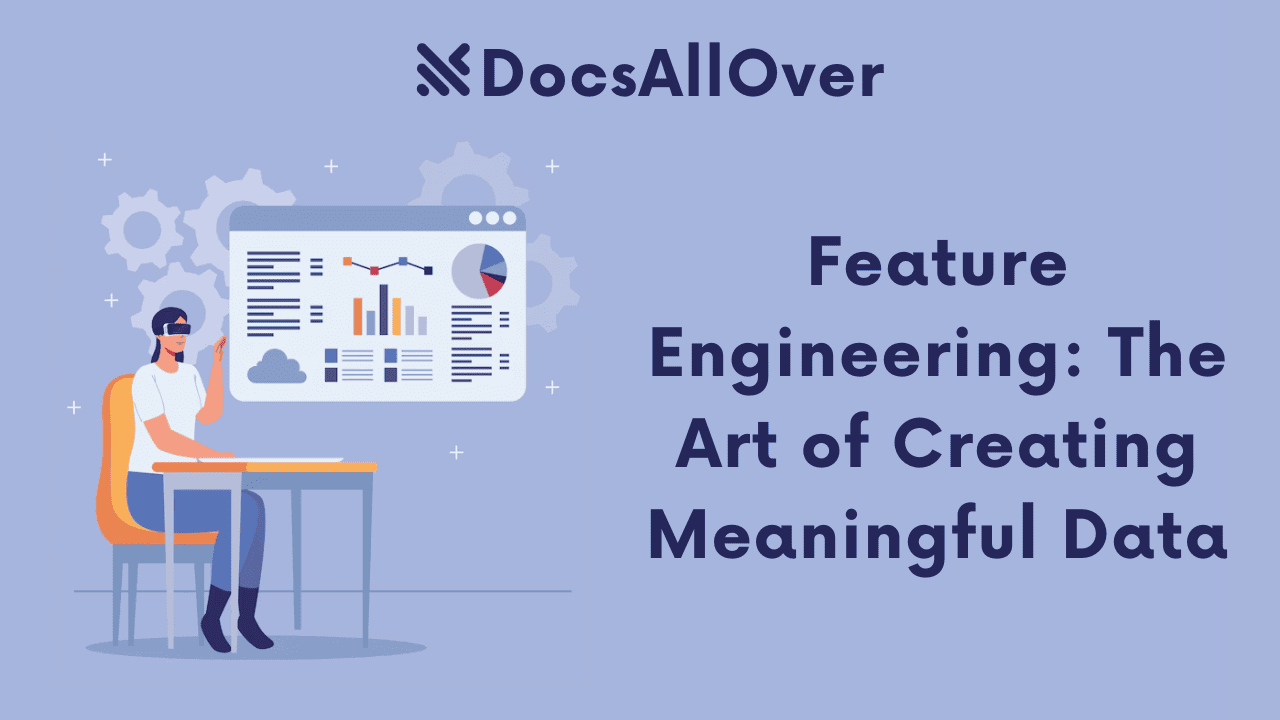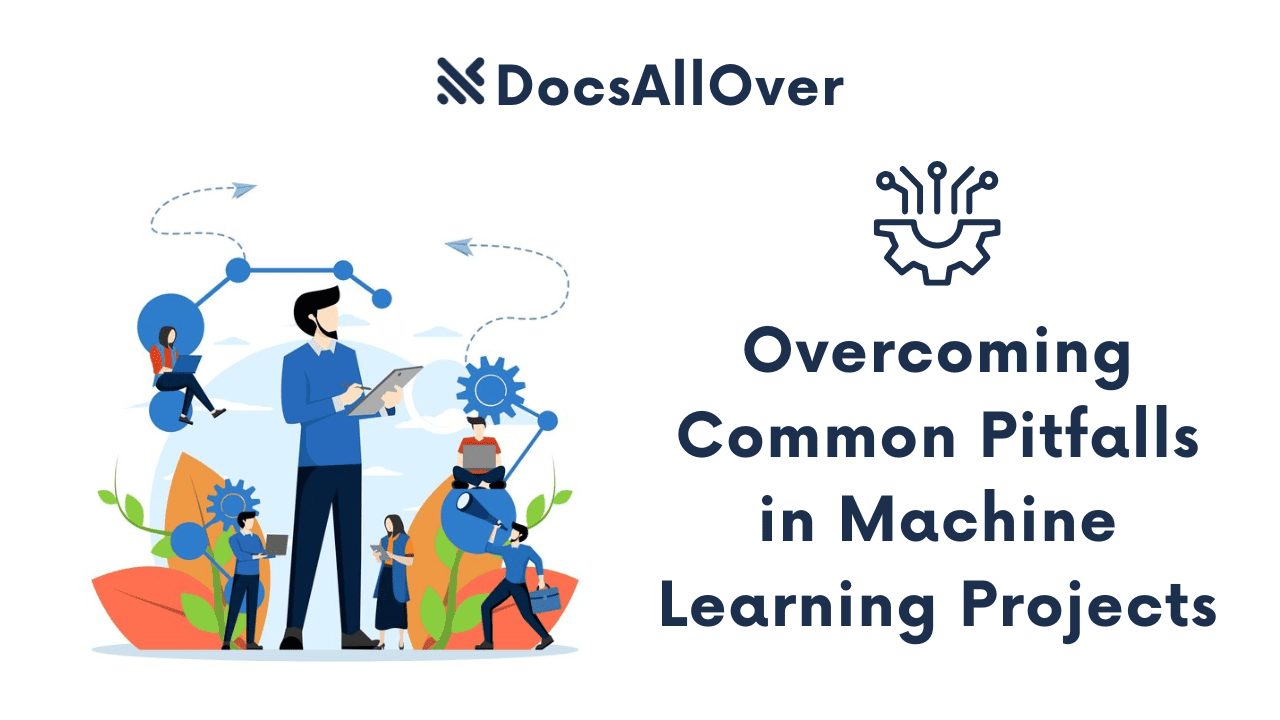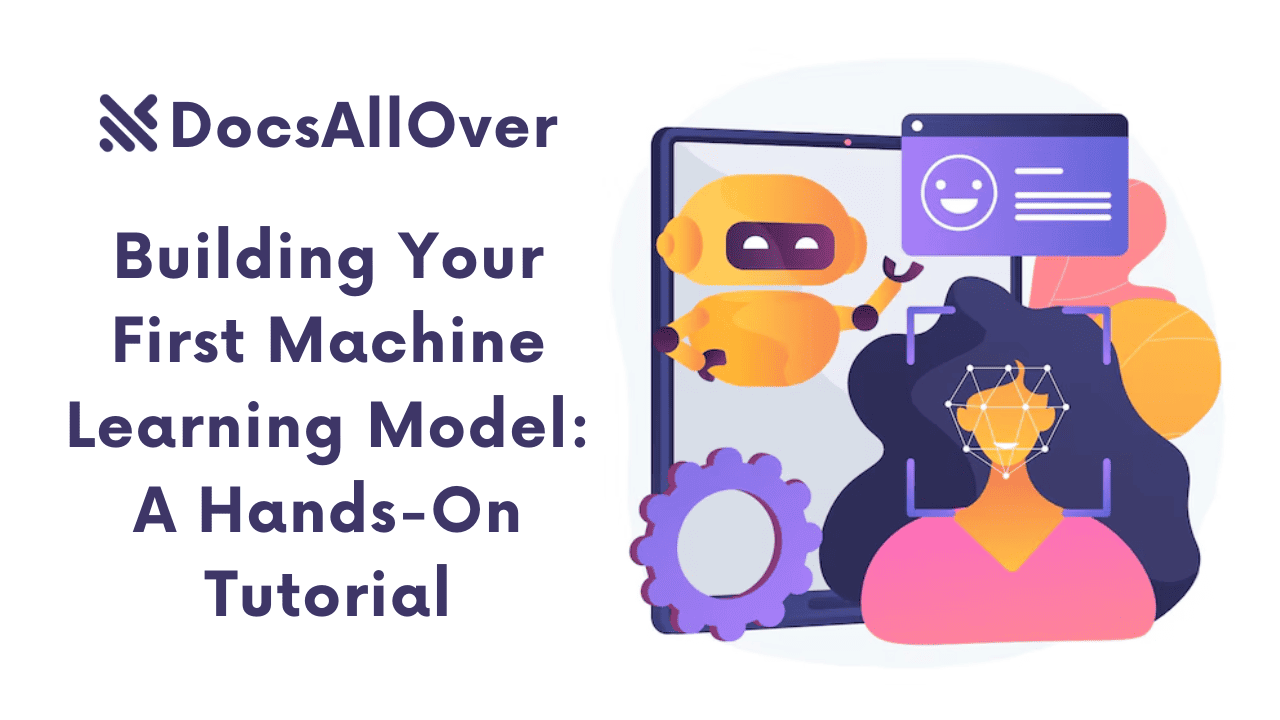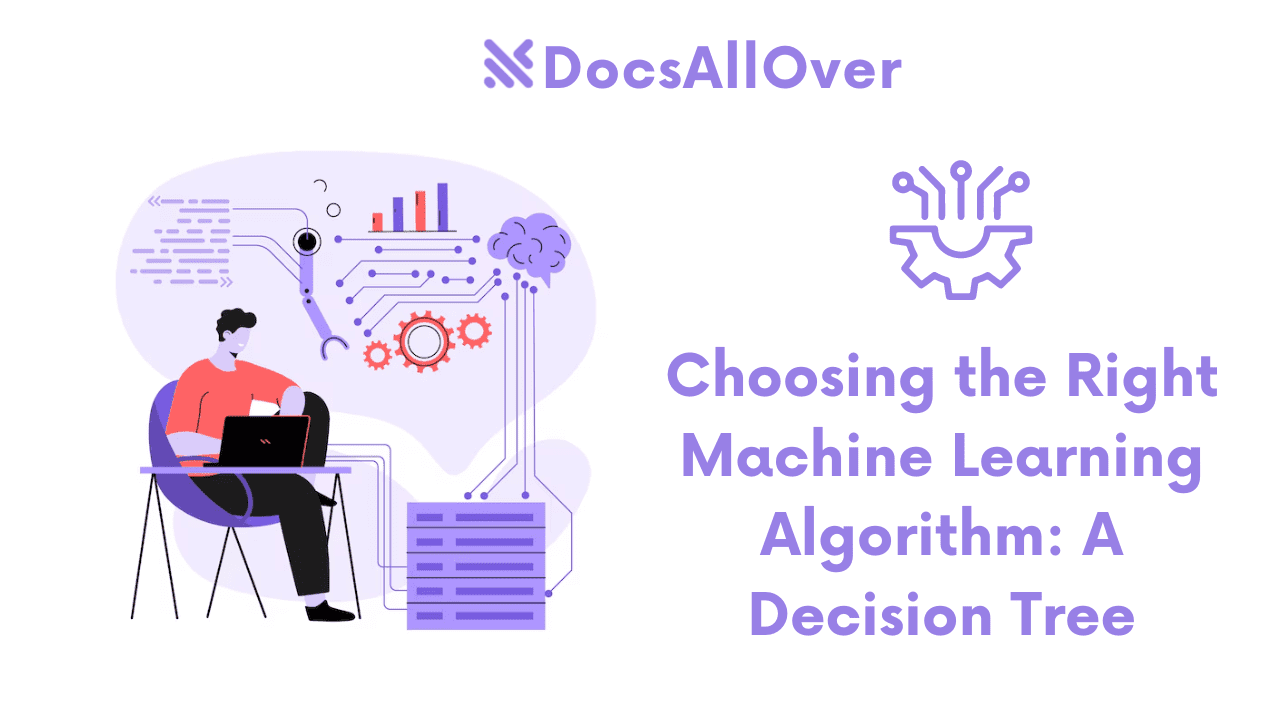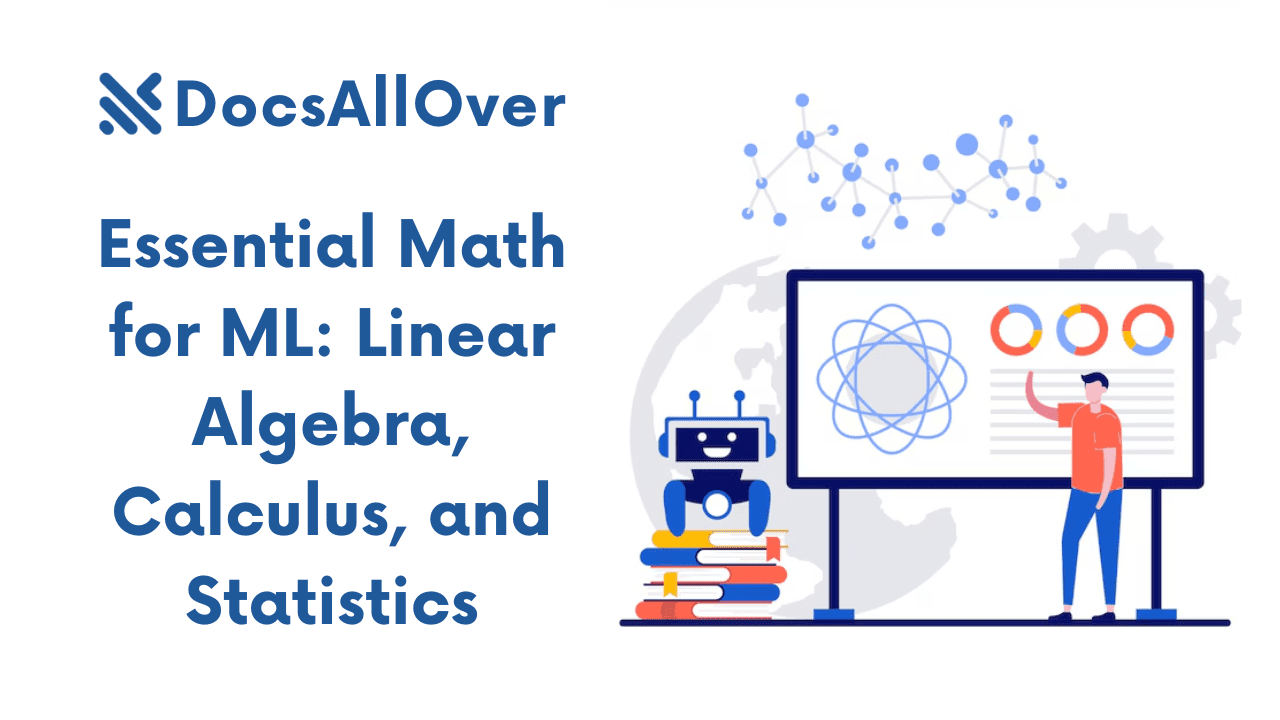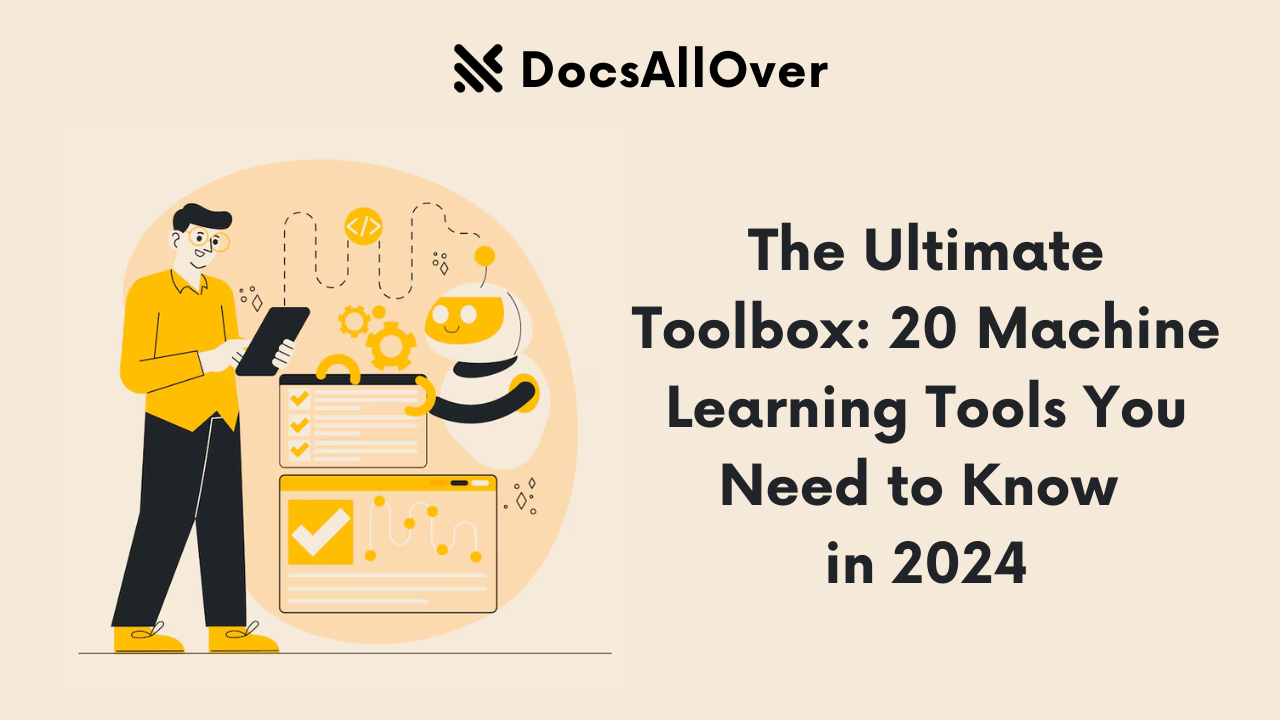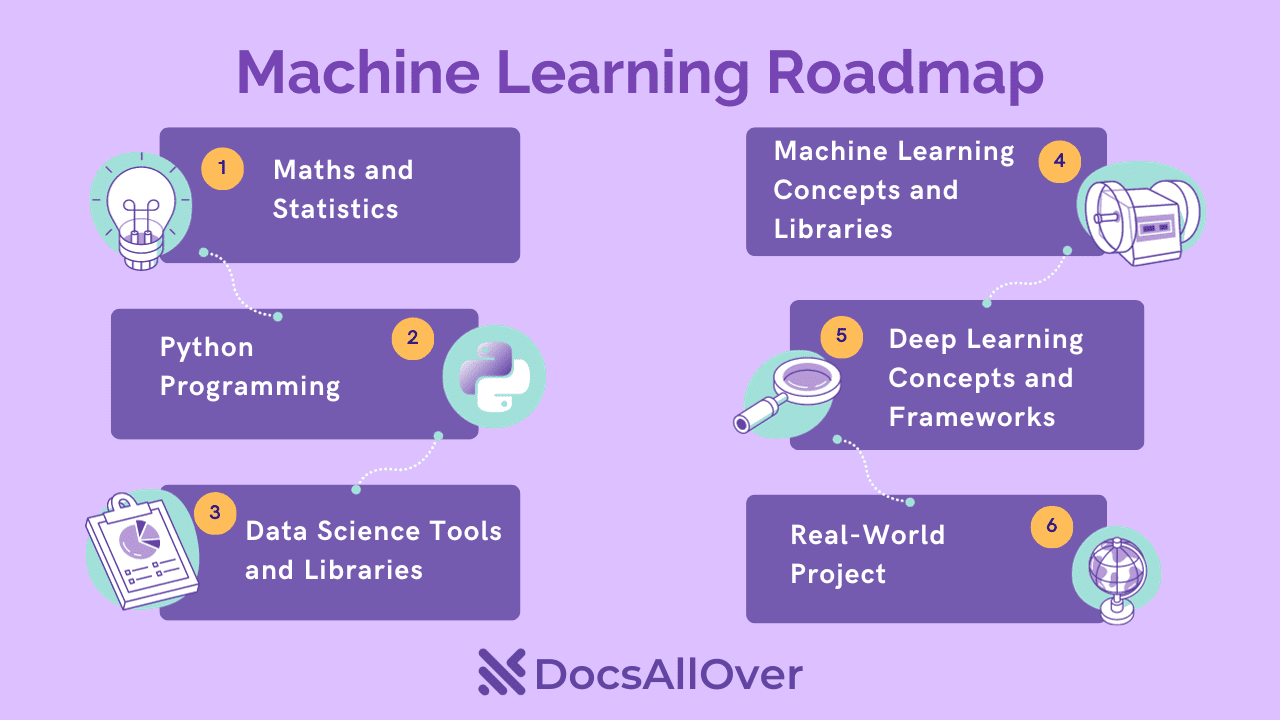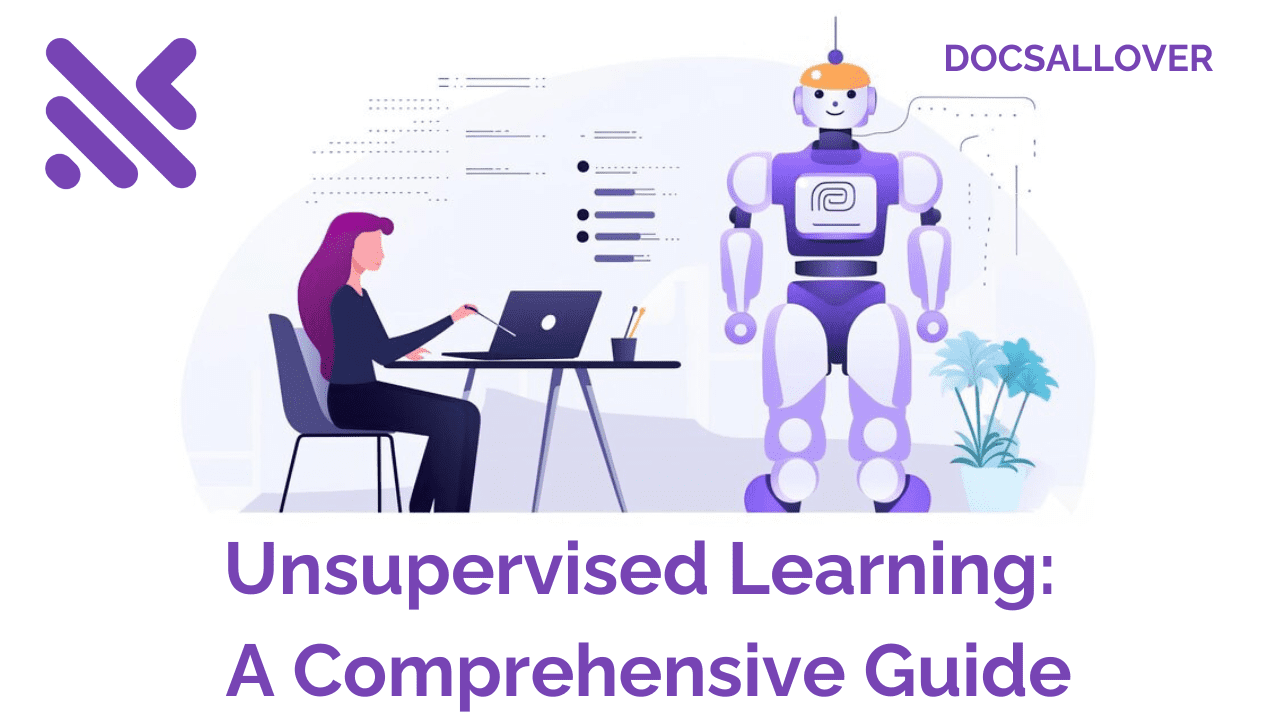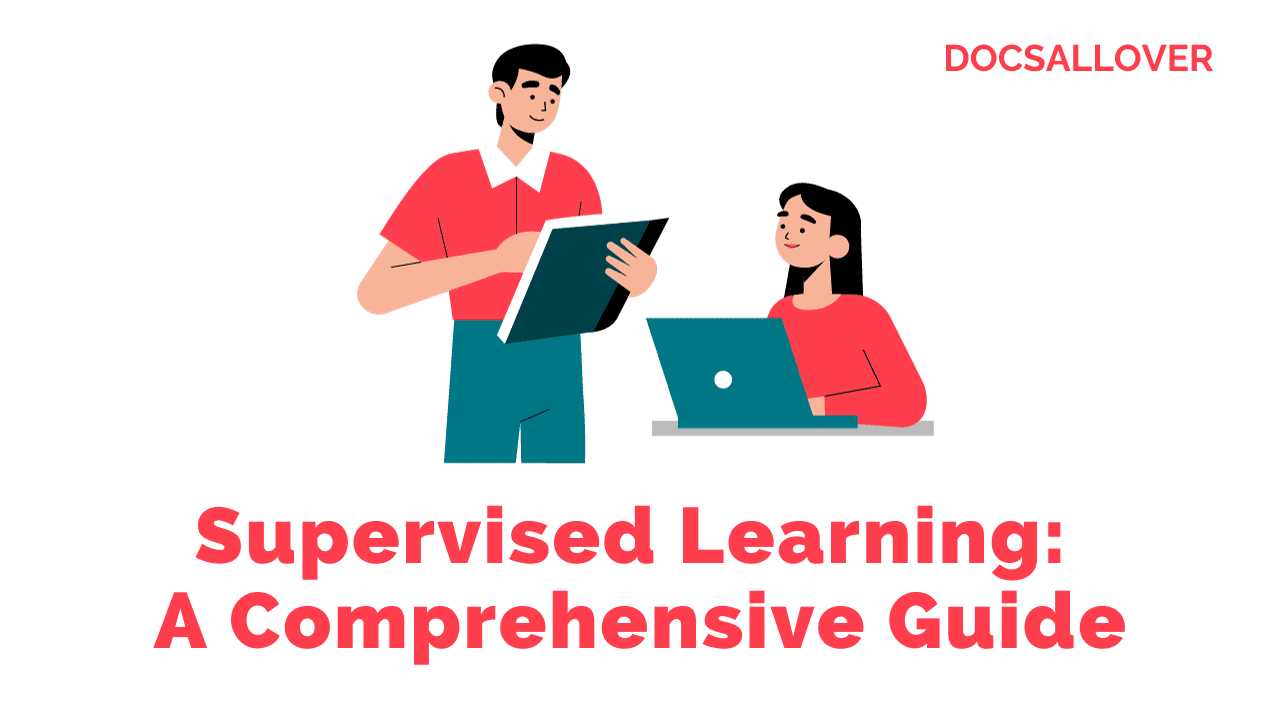Building Robust ML Models: A Guide to Proper Evaluation and Validation

You've spent hours collecting data, meticulously cleaning it, and tirelessly tweaking your machine learning model. Finally, you run it on your training data, and the accuracy score pops up: a glorious 98%! "Fantastic!" you think. "My model works perfectly." But hold on a second. This feeling of triumph, based solely on training accuracy, is often the illusion of training accuracy. A model that performs flawlessly on the data it was trained on is like a student who aces an exam composed entirely of questions they saw in the textbook. It doesn't guarantee they'll perform well on new, unseen problems in the real world.
The true aspiration in machine learning is to build a robust ML model. What does "robust" mean in this context? It means your model isn't just good on the data it knows; it's reliable and generalizes well to unseen data. It can handle variations and noise in real-world scenarios without falling apart. A robust model is one you can genuinely trust to make accurate predictions when deployed in a production environment.
This is precisely why evaluation and validation are critical. Without proper techniques, you risk:
- Overfitting: Your model learns the training data too well, even memorizing noise, and fails miserably on new data.
- Underfitting: Your model is too simple and hasn't learned enough from the training data, performing poorly everywhere.
- Failing to ensure model reliability: You won't know if your model truly performs as expected in varied conditions.
- Losing the ability to build trust: If your model's real-world performance is inconsistent, users and stakeholders will quickly lose confidence.
- Being unable to make informed decisions: Without a true understanding of your model's capabilities and limitations, you can't decide if it's ready for deployment or if it needs further refinement.
The Fundamental Split: Training, Validation, and Test Sets
Before you even think about training a machine learning model, the very first, and arguably most crucial, step in building robust models is to correctly split your dataset. This isn't just a best practice; it's non-negotiable because it directly impacts the reliability of your model's performance estimates and helps you avoid a critical pitfall: data leakage. Data leakage occurs when information from your test set (or validation set) inadvertently "leaks" into your training phase, causing your model to appear to perform better than it actually would on truly unseen data.
To get an unbiased estimate of your model's real-world performance, we typically divide the available data into three distinct subsets:
- Training Set:
- This is the largest portion of your data and is used exclusively for model learning. During the training phase, your algorithm analyzes this data to identify patterns, learn relationships between features and targets, and adjust its internal parameters. Think of this as the student's primary textbook and lecture notes – what they study to learn the subject matter.
- Validation Set:
- The validation set is your model's "practice exam." It's used during the development phase for crucial tasks like:
- Hyperparameter Tuning: Adjusting external configurations of your model (e.g., learning rate, number of trees in a random forest). You train on the training set, evaluate on the validation set, tweak hyperparameters, and repeat until you find optimal settings.
- Model Selection: Comparing different model architectures or algorithms (e.g., Logistic Regression vs. Support Vector Machine) to see which performs best before committing to a final choice.
- Crucially, the validation set prevents overfitting to the test set. By using a separate set for tuning, you avoid inadvertently optimizing your model's hyperparameters specifically for the final test set, which would again lead to an overly optimistic performance estimate.
- The validation set is your model's "practice exam." It's used during the development phase for crucial tasks like:
- Test Set:
- This is the "final exam" for your model. The test set is held back throughout the entire development and tuning process and is used only once, after development is complete and your final model has been selected and tuned.
- Its purpose is to provide a truly unbiased evaluation of your chosen model's generalization capability. Because the model has never seen this data before (not even for hyperparameter tuning), the performance metrics derived from the test set are the most reliable indicators of how your model will perform in the real world on truly new, unseen data.
Common Split Ratios:
While there's no universally "perfect" split, common ratios are used as starting points:
- 70% Training / 15% Validation / 15% Test: A popular choice that provides substantial data for all three phases.
- 80% Training / 10% Validation / 10% Test: Often used when you have a larger dataset and can afford smaller validation/test sets while still maintaining their representativeness.
The key is to ensure that each split is representative of the overall dataset's characteristics (e.g., class distribution for classification problems). Properly implemented, this fundamental data split is your first and most powerful defense against building models that only work "on your machine."
Core Evaluation Metrics: What Do They Really Tell You?
Once your data is properly split and your model is trained, the next critical step is to evaluate its performance. Choosing the right metrics is paramount, as different metrics tell you different things about your model's strengths and weaknesses, especially concerning the specific problem you're trying to solve.
A. For Classification Models
Classification models predict a categorical outcome (e.g., spam/not spam, disease/no disease).
Accuracy:
- Definition: The proportion of correctly predicted instances out of the total number of instances.
- Formula:

- What it tells you: A general sense of how often your model is right.
- Limitations: While simple, accuracy can be highly misleading for imbalanced datasets. If 95% of your emails are "not spam," a model that always predicts "not spam" will have 95% accuracy but is useless.
Confusion Matrix:
- Definition: A table that provides a detailed breakdown of your model's predictions versus the actual values. It's the foundation for many other classification metrics.
- Components:
- True Positives (TP): Actual positive, predicted positive.
- True Negatives (TN): Actual negative, predicted negative.
- False Positives (FP): Actual negative, predicted positive (Type I error).
- False Negatives (FN): Actual positive, predicted negative (Type II error).

Precision:
- Definition: Of all the instances your model predicted as positive, how many were actually positive?
- Formula:

- What it tells you: The quality of positive predictions. High precision means minimizing False Positives.
- When to prioritize: Scenarios where false positives are costly (e.g., spam detection where legitimate emails are marked as spam, recommending a rare, expensive medical treatment).
Recall (Sensitivity):
- Definition: Of all the instances that were actually positive, how many did your model correctly identify?
- Formula:

- What it tells you: The completeness of positive predictions. High recall means minimizing False Negatives.
- When to prioritize: Scenarios where false negatives are costly (e.g., disease detection where missing a sick patient is dangerous, fraud detection where missing actual fraud is expensive).
F1-Score:
- Definition: The harmonic mean of Precision and Recall. It provides a single score that balances both metrics.
- Formula:

- What it tells you: A good balance between precision and recall, especially useful for imbalanced classes where accuracy alone can be misleading.
ROC Curve & AUC (Receiver Operating Characteristic Curve & Area Under the Curve):
- Definition: The ROC curve plots the True Positive Rate (Recall) against the False Positive Rate (1 - Specificity) at various classification thresholds. AUC is the area under this curve.
- What it tells you: A robust measure of a classifier's ability to distinguish between classes across all possible classification thresholds. A higher AUC (closer to 1) indicates a better performing model. An AUC of 0.5 suggests performance no better than random guessing.
B. For Regression Models
Regression models predict a continuous numerical value (e.g., house prices, temperature).
Mean Absolute Error (MAE):
- Definition: The average of the absolute differences between the predicted values and the actual values.
- Formula:

- What it tells you: The average magnitude of errors in your predictions, easy to interpret because it's in the same units as your target variable. Less sensitive to outliers.
Mean Squared Error (MSE) / Root Mean Squared Error (RMSE):
- Definition:
- MSE: The average of the squared differences between predicted and actual values.
- RMSE: The square root of the MSE.
- Formula:

- What it tells you: Punishes larger errors more severely due to the squaring. RMSE is particularly useful because it's in the original units of the target variable, making it more interpretable than MSE.
R-squared (R2):
- Definition: The proportion of the variance in the dependent variable that is predictable from the independent variables. Also known as the coefficient of determination.
- Formula:

(where SSres is sum of squared residuals, SStot is total sum of squares)
- What it tells you: A measure of the goodness of fit of your model. R-squared ranges from 0 to 1 (or can be negative for very poor fits), where 1 indicates that the model explains all the variability of the response data around its mean.
Choosing the right metric(s) depends entirely on your specific problem's goals and the business impact of different types of errors. A thorough understanding of these metrics is the bedrock of proper model evaluation.
Validation Techniques: Building Generalizable Models
While splitting your data into training, validation, and test sets is fundamental, it often involves a single, arbitrary split. This can lead to a performance estimate that is sensitive to how that particular split was made. Validation techniques, particularly cross-validation, go a step further to provide more robust and reliable estimates of your model's true generalization performance, ensuring your model isn't just lucky on one specific split.
A. K-Fold Cross-Validation
This is one of the most widely used and powerful validation techniques.
Explanation: How it works (splitting data into K folds, rotating train/validation).
- The entire training dataset is first divided into 'K' equally sized "folds" (or subsets).
- The cross-validation process then runs 'K' times (or 'K' iterations).
- In each iteration:
- One fold is held out as the validation set.
- The remaining K-1 folds are combined to form the training set.
- The model is trained on this combined training set.
- The model's performance is then evaluated on the held-out validation set.
- After all K iterations are complete, the K performance scores (one from each iteration) are averaged to produce a single, more robust estimate of the model's performance.
Benefits:
- More robust evaluation: By testing the model on different subsets of the data, the performance estimate is less sensitive to the particular randomness of a single train-validation split.
- Uses all data for training/validation: Every data point gets to be in a validation set exactly once, and in a training set K-1 times. This means the model learns from and is evaluated on all available data.
- Reduces variance in performance estimate: The average of K different evaluations provides a more stable and reliable estimate of how well the model will generalize.
When to use:
K-Fold Cross-Validation is ideal for small to medium datasets where you want to get a reliable performance estimate without withholding too much data for a single validation set. It helps ensure that your model isn't just performing well on one specific partition of your data.
B. Stratified K-Fold Cross-Validation (for Classification)
This is a specialized version of K-Fold, particularly important for classification problems.
Explanation: Maintaining class proportions in each fold.
In standard K-Fold, if your dataset has imbalanced classes (e.g., 95% "no disease", 5% "disease"), a random split might result in some folds having very few or even zero instances of the minority class. Stratified K-Fold addresses this by ensuring that the proportion of each class is roughly the same in each fold as it is in the complete dataset.
Importance:
It is crucial for imbalanced datasets. Without stratification, a fold might accidentally contain only (or mostly) the majority class, leading to a biased performance evaluation, especially for metrics like precision and recall for the minority class.
C. Leave-One-Out Cross-Validation (LOOCV)
LOOCV is an extreme form of K-Fold Cross-Validation.
Explanation: Extreme case of K-Fold (K=N).
In LOOCV, the number of folds (K) is equal to the number of data points (N) in your dataset. In each iteration, one single data point is used as the validation set, and the remaining N-1 data points are used for training. This process repeats N times.
When to use/Limitations:
- Very small datasets: It's sometimes considered for extremely small datasets where even a standard K-Fold might leave too few samples for training/validation.
- Computationally expensive: Because it requires training and evaluating the model N times, LOOCV is very computationally intensive and thus impractical for most medium to large datasets. Its benefit over a reasonable K-Fold (e.g., K=5 or K=10) is often minimal given the increased computational cost.
D. Time Series Cross-Validation (Walk-Forward Validation)
Traditional cross-validation assumes data points are independent and identically distributed. This assumption is violated in time series data, where the order of observations matters.
Explanation: Maintaining temporal order (training on past, predicting future).
Instead of random splits, time series cross-validation simulates a real-world scenario. You train your model only on historical data up to a certain point, and then you predict for a future period. The "window" of training data then slides forward in time (or expands), incorporating new observations, and the process repeats. This ensures that your model never sees future data during its training phase.
Importance:
It is essential for time-dependent data (e.g., stock prices, weather forecasts). Using standard K-Fold on time series data would lead to data leakage, as the model could "see" future information in its training folds, resulting in an overly optimistic and unreliable performance estimate.
Diagnosing Model Issues: Overfitting, Underfitting & Bias-Variance Trade-off
Even with proper data splitting and rigorous evaluation, models can suffer from fundamental flaws that prevent them from generalizing well. The ability to diagnose these issues – primarily overfitting and underfitting – is crucial for building robust machine learning models. These two problems are intrinsically linked by a core concept: the bias-variance trade-off.
A. Overfitting
Overfitting is the bane of many machine learning practitioners, especially beginners.
Definition:
An overfitting model performs exceptionally well on the data it was trained on but performs poorly on unseen data (validation or test sets). It has essentially "memorized" the training examples, including their noise and specific nuances, rather than learning the underlying general patterns. Think of a student who memorizes every answer in the textbook for one specific exam but fails to grasp the core concepts, rendering them useless for any slightly different problem.
Symptoms:
- High training accuracy (or low training error): The model fits the training data almost perfectly.
- Low validation/test accuracy (or high validation/test error): The model's performance drastically drops when exposed to new data it hasn't seen before. The gap between training and validation/test performance is significant.
Causes:
- Too complex model: The model has too many parameters or too much flexibility (e.g., a very deep neural network, a decision tree with no depth limits) for the amount of data available.
- Too little data: There isn't enough diverse training data for the model to learn truly generalizable patterns; it latches onto the specifics of the limited examples.
- Noise in data: The model learns from irrelevant variations or errors present in the training data, treating them as meaningful patterns.
Mitigation:
- Regularization (L1/L2): Techniques that add a penalty to the model's loss function for large coefficients, effectively discouraging complex models and reducing overfitting (e.g., Lasso, Ridge regression, dropout in neural networks).
- More data: The best solution. Providing more diverse and representative training data helps the model learn broader patterns and avoid memorizing specific examples.
- Simpler model: Choose a less complex model architecture (e.g., linear model instead of a deep neural network, shallower decision tree).
- Feature selection/engineering: Reduce the number of features or create more meaningful features to simplify the learning task for the model.
- Early stopping: During iterative training (like in neural networks or gradient boosting), monitor performance on the validation set and stop training when validation performance starts to degrade, even if training performance is still improving.
B. Underfitting
Underfitting is the opposite problem of overfitting, indicating a model that's too simplistic.
Definition:
An underfitting model is too simple to capture the underlying patterns in the data. It performs poorly on both the training data and unseen data. It's like a student who hasn't studied enough or uses a very basic approach for a complex subject, failing both on practice questions and the real exam.
Symptoms:
- Low training accuracy (or high training error): The model cannot even fit the training data well.
- Low validation/test accuracy (or high validation/test error): The model's poor performance on training data extends to unseen data, with little to no significant gap between training and validation/test performance.
Causes:
- Too simple model: The chosen model lacks the capacity or flexibility to learn the complexities of the data (e.g., using a linear model for highly non-linear data).
- Insufficient features: The input features don't contain enough relevant information for the model to make accurate predictions.
- Too much regularization: Over-regularization can force the model to be too simple.
Mitigation:
- More complex model: Use a model with more parameters or greater flexibility (e.g., a deeper neural network, a more complex ensemble method).
- More/better features: Perform feature engineering to create new, more informative features, or gather additional relevant data.
- Reducing regularization: Lessen the regularization penalty to allow the model more flexibility to learn.
C. The Bias-Variance Trade-off
Overfitting and underfitting are two sides of the same coin, explained by the bias-variance trade-off.
Explanation: Conceptually linking bias (underfitting) and variance (overfitting).
- Bias: Represents the simplifying assumptions made by the model to make the target function easier to learn. High bias implies a model is too simple and makes consistent errors on both training and test data (underfitting).
- Variance: Represents the model's sensitivity to small fluctuations in the training data. High variance implies a model is too complex and fits the training data too closely, performing poorly on unseen data (overfitting).
The goal is to find the sweet spot for optimal generalization.
- An ideal model aims to achieve low bias (it can learn the underlying patterns) and low variance (it is not overly sensitive to the specific training data).
- However, there's often a trade-off: decreasing bias (making the model more complex) typically increases variance, and decreasing variance (making the model simpler) typically increases bias. The art of model building lies in finding the optimal balance between these two, leading to the best generalization performance on unseen data. Visualizing this trade-off often shows a U-shaped curve for total error, with the sweet spot being the minimum point.
Understanding and diagnosing these issues is critical for iteratively improving your machine learning models until they are truly robust and reliable.
Hyperparameter Tuning: Fine-tuning for Performance
Once you've diagnosed potential issues like overfitting or underfitting, and chosen a suitable model architecture, the next step in building a robust ML model often involves hyperparameter tuning. This is the process of finding the optimal set of hyperparameters that allows your model to perform at its best on unseen data.
What are Hyperparameters? (Vs. model parameters).
It's crucial to distinguish between model parameters and hyperparameters:
- Model Parameters: These are internal variables of the model that are learned from the data during the training process. Examples include the weights and biases in a neural network, or the coefficients in a linear regression model. You don't set these manually; the learning algorithm determines them.
- Hyperparameters: These are external configuration variables for the model or the training algorithm that are set by the data scientist before training begins. They are not learned from the data itself. Examples include the learning rate for a neural network, the number of trees in a Random Forest, the regularization strength (alpha for Lasso/Ridge), or the depth of a decision tree.
Why Tune? Optimal model performance on unseen data.
The default hyperparameter values for most algorithms are often a good starting point, but they are rarely optimal for your specific dataset and problem. Tuning hyperparameters allows you to:
- Achieve optimal performance: Fine-tune your model to extract the maximum predictive power from your data.
- Improve generalization: Find settings that help your model perform well on new, unseen data, mitigating overfitting or underfitting.
- Reduce training time: Some hyperparameters (like learning rate or batch size) can significantly impact how quickly your model converges during training.
Techniques:
Various strategies exist for efficiently searching the vast space of possible hyperparameter combinations.
Grid Search:
- Explanation: This is the most straightforward method. You define a discrete set of values for each hyperparameter you want to tune. Grid Search then exhaustively evaluates every possible combination of these values.
- When to use: It's good for small search spaces or when you want to thoroughly explore a specific, limited range of values.
- Limitation: It becomes computationally very expensive and time-consuming as the number of hyperparameters or the range of values for each hyperparameter increases, as the number of trials grows exponentially.
Random Search:
- Explanation: Instead of exhaustively checking every combination, Random Search samples a fixed number of random combinations from the specified hyperparameter distributions.
- When to use: Often more efficient for large search spaces or when you don't know which hyperparameters are most important. Research has shown that in many cases, Random Search can find better models than Grid Search in the same amount of time, especially when only a few hyperparameters significantly impact performance.
- Benefit: It's more likely to explore a wider range of values for individual hyperparameters, potentially finding unexpected optimal combinations.
Bayesian Optimization:
- Explanation: This is a more smarter and advanced search technique. Unlike Grid or Random Search, Bayesian Optimization builds a probabilistic model (a "surrogate" model) of the objective function (e.g., cross-validation accuracy) based on the previously evaluated hyperparameter combinations and their performance. It then uses this model to intelligently choose the next hyperparameter combination to evaluate, aiming to explore promising regions more effectively while balancing exploration (trying new areas) and exploitation (refining known good areas).
- When to use: Ideal for expensive objective functions (e.g., where training a model with a given set of hyperparameters takes a very long time) and when the hyperparameter space is continuous or large.
- Tools: Libraries like
Hyperopt,Optuna, andScikit-optimizeimplement Bayesian Optimization.
Importance of using Validation Set:
This cannot be stressed enough: Hyperparameter tuning must be done using the validation set to prevent leakage into the final test set.
If you were to tune your hyperparameters directly on the test set, you would be unknowingly optimizing your model specifically for that particular set of unseen data. This would lead to an overly optimistic performance estimate on your test set, making your model seem more generalizable than it truly is. When deployed to truly new, unseen data in the real world, its performance would likely be much worse. The validation set acts as a crucial intermediary, allowing you to iterate and refine your model's configuration without compromising the integrity of your final, unbiased evaluation on the untouched test set.
Final Model Evaluation & Deployment Considerations
You've gone through the rigorous process of data splitting, initial model training, metric selection, diagnosing issues like overfitting, and meticulously tuning your hyperparameters using the validation set. Now, it's time for the ultimate assessment and to think about how your robust model will perform in the wild.
The Role of the Test Set:
- This is the moment of truth. The test set, which has been carefully sequestered and untouched throughout your entire development and tuning process, is now used for one last, honest evaluation on truly unseen data.
- The performance metrics you obtain from the test set are the most reliable indicator of how your model will perform when it encounters new, real-world data in production. If your model performs well on the test set, you can have a high degree of confidence in its generalization ability. If it performs poorly, it's back to the drawing board to revisit your data, features, model choice, or tuning strategy.
Reporting Metrics: Choosing the right metrics for your problem and audience.
- While you might have evaluated many metrics internally, when it comes to reporting your model's performance, select the metrics that are most relevant to the business problem you're solving and most understandable to your audience.
- For a fraud detection system, precision and recall (and the F1-score) might be far more important than raw accuracy, especially if false negatives (missed fraud) are extremely costly. For a customer churn model, understanding the ROC AUC might be key.
- Always explain what your chosen metrics mean in the context of your problem, ensuring stakeholders understand the model's true capabilities and limitations.
Model Interpretability: Understanding why a model makes predictions.
- While high performance is crucial, increasingly, understanding why a model makes a particular prediction is just as important, especially in critical applications (e.g., healthcare, finance).
- Model interpretability focuses on techniques that shed light on the inner workings of a model. This could involve:
- Feature Importance: Identifying which input features contribute most to the model's predictions (e.g., using permutation importance, SHAP values, LIME).
- Coefficient Analysis: For simpler models like linear regression, understanding the weights assigned to features.
- Interpretable models build trust, help debug errors, and provide insights into the underlying problem domain.
Monitoring in Production: Models degrade over time.
- A model that performs excellently on your test set today might start to degrade over time when deployed in production. This phenomenon is often due to:
- Data Drift: The statistical properties of the incoming data change over time. For example, customer demographics might shift, or product preferences evolve.
- Concept Drift: The relationship between the input features and the target variable changes. For instance, what constitutes "fraud" might evolve over time due to new criminal tactics.
- The importance of continuous monitoring cannot be overstated. Implement robust monitoring systems to track key performance metrics (e.g., accuracy, precision, recall) and data characteristics in real-time. Set up alerts for significant drops in performance or shifts in data distribution. This proactive approach allows you to detect degradation early and retrain or update your model before it significantly impacts business operations.
By meticulously evaluating your model on the test set, thoughtfully reporting its performance, considering interpretability, and establishing continuous monitoring, you move beyond just building a functional ML model to deploying a truly robust and reliable solution that delivers sustained value in the real world.

